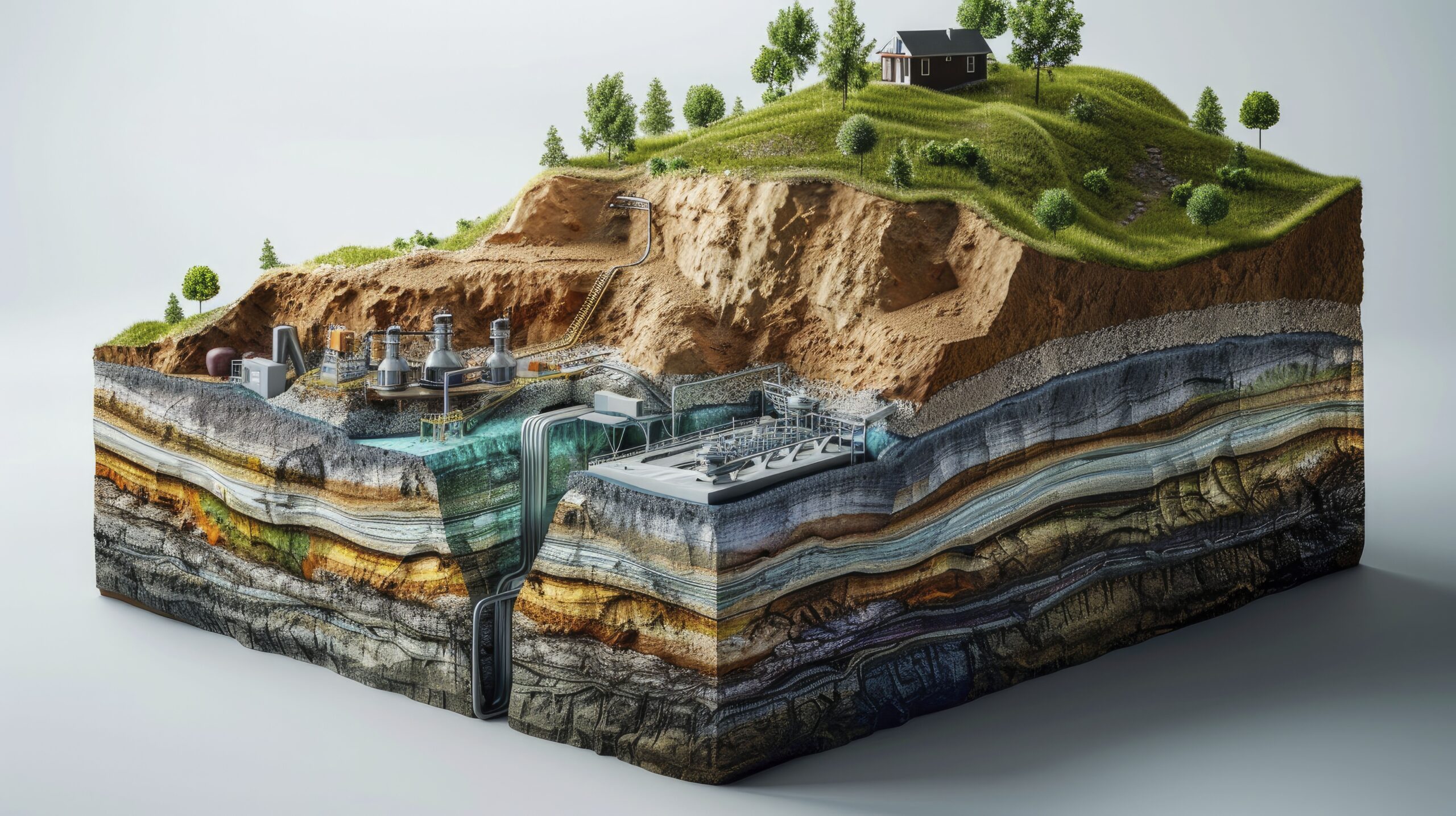Researchers at RCCS have achieved a significant advancement in the challenging field of upscaling multi-phase flow from the pore scale observations to the continuum scale, addressing a long-standing issue in fluid transport modeling. Traditional models often struggle to account for the effects of disconnected fluid ganglia and the dynamics of these ganglia, leading to discrepancies between pore-scale and continuum-scale predictions.
The latest research focuses on utilizing a novel connectivity index derived from the Euler characteristic to examine how the saturation function adapts to changes in dynamic fluid connectivity and topology. These changes are influenced by variations in wettability and flow rate. This innovative approach incorporates fluid topology and phase connectivity—characterized by interfacial area and Euler characteristics—into continuum-scale models, which has not been done previously.
The study highlights the effectiveness of the L-E-T relative permeability model, demonstrating its ability to accurately reflect the impact of pore-scale flow regimes and dynamic fluid connectivity on average flow transport kinetics. The findings reveal that average topological properties can reliably predict relative permeability, despite the constantly changing fluid configurations at the pore scale.
This research marks a crucial step forward in developing more precise subsurface flow models, addressing the common discrepancies between pore-scale and field-scale flow models. The work promises to enhance the accuracy of predictive flow models, benefiting a wide range of applications in subsurface fluid transport.
Read more here!

